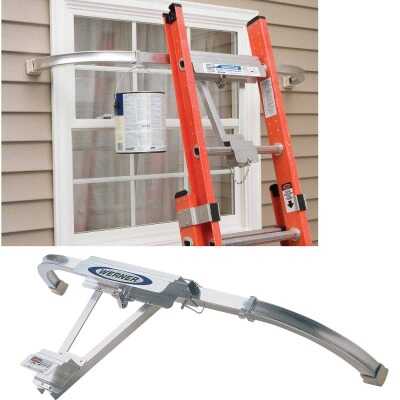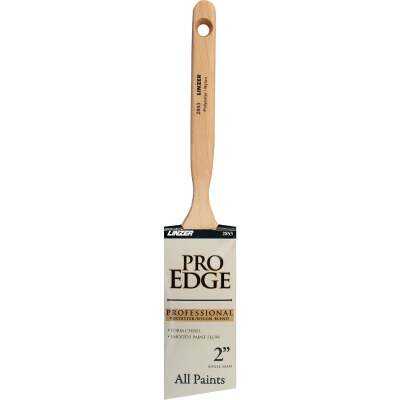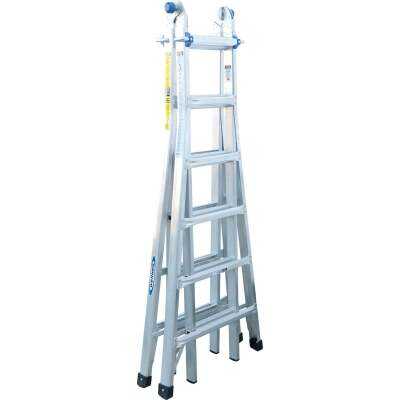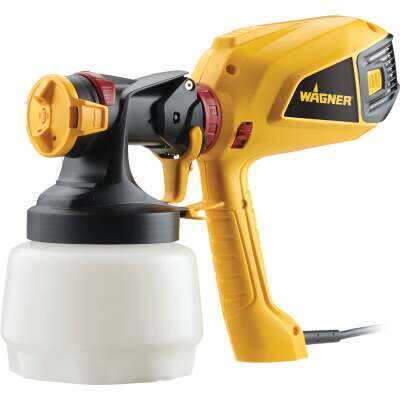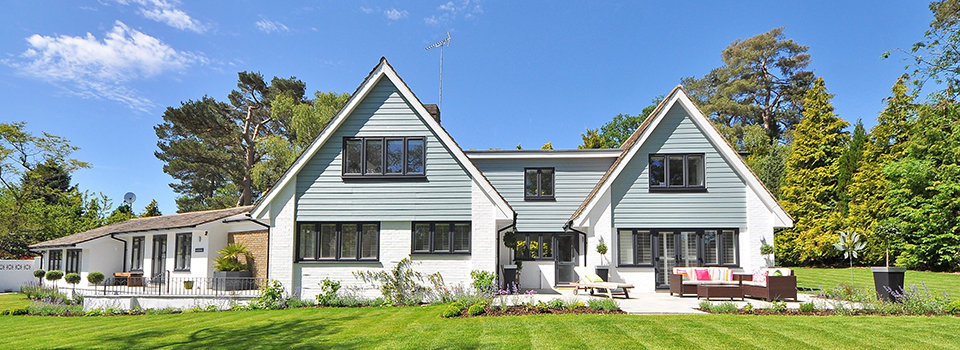
Exterior paint can completely revamp a home's curb appeal. But do you know what type of paint to use on the exterior of your home? Better yet, do you know what steps to take in order to get a professional-looking paint job that will last? Whether you're contemplating a fresh coat of paint on your front door, a portion of your house, or the entire outside, these paint tips will help you get started.
1. Before Painting, Pressure Wash Exterior Walls
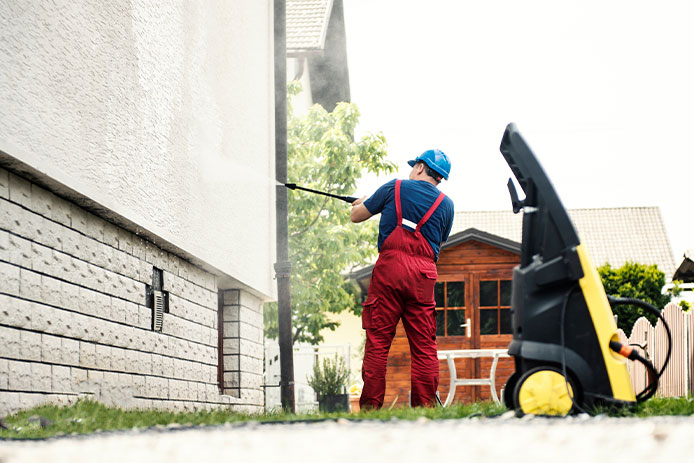
Use a pressure washer to remove any dirt, grime, mildew, or cracked, peeling paint. You’ll want a pressure washer that produces at least 2,000 PSI (pounds per square inch). Start on a low setting and work your way up, being careful not to damage the outside of your home. You’ll want to wait two to three days after pressure washing before painting to allow adequate time for drying. Paint will not adhere to wet or damp surfaces. However, you also don’t want to wait longer than a month before painting because dirt and grime can build back up fairly quickly.
2. Check for Cracks, Holes, or Peeling Paint

Once you’ve washed your home’s surface, you’ll want to inspect it for any cracks, holes, or peeling paint that hasn’t been removed in the previous stage. Sanding can help remove cracked paint. After you’ve sanded, make sure to wipe down the surface with a clean, damp rag and wait until everything has dried fully before applying any primer or paint. If you need, you can pressure wash again using a low setting.
3. Trim and cover nearby plants
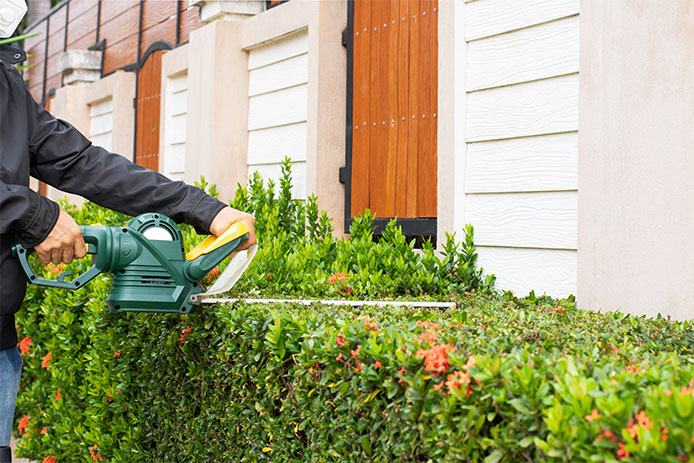
Tape off any trim and cover any surface that you don’t want to be painted. This includes windows, doors, and even shrubs, plants, and any other landscaping.
4. Use a Good Quality Primer

Using a primer will help to cover any surface stains that weren’t removed while pressure washing. You’ll also have a richer, more vibrant color by priming first, and your finished paint job will be more likely to last longer. Also, a quality primer will help your paint stand up to the elements.
When painting the exterior of your home, consider trying a paint sprayer for more control and a cleaner-looking finish. Start by loading the paint sprayer and work your way from the top down. Work in a slow, smooth motion being sure to overlap each stroked by about eight inches. Applying two coats will give you the best color that will last against outside elements.
Next, remove plastic sheeting from doors, windows, and landscaping, so you can paint the trim. You'll want to add two coats to the trim as well. Semi-gloss is recommended for woodwork because it's more durable and brighter.
Exterior Paint FAQ's
How far away should I hold my paint sprayer?
How far away you should hold a paint sprayer depends on the type of equipment you’re using. Conventional sprayers should be held about 8-10 inches away, while HVLP (Higher Volume, Lower Pressure) Sprayers should be held only 6-8 inches away. Airless Sprayers have even more power and should be held 10-12 inches away from your home’s surface.
Holding a paint sprayer closer than recommended could result in too much paint hitting the surface creating runs. Likewise, holding it too far away can do the exact opposite, so you’ll end up with a spotty, uneven finish.
How much paint should I buy?
To calculate how much paint you need for exterior walls, measure and add each wall’s total square footage. You’ll include windows and doors, so don’t worry about trying to subtract those out.
Next, you’ll divide by 90% of the coverage provided by each can. For example, one gallon of paint can usually cover up to 400 square feet. For trim, you’ll add the total length of all trim and divide by 2.

How long will an exterior paint job last?
The type of paint you use and the material that you are painting can really affect how long your new coat of paint lasts. For example, two coats of a good quality paint applied to wood can last up to 15 years. However, paint over stucco could actually last even longer.
When is the best time to paint your home’s exterior?
Be sure to start an exterior paint project when there is no rain in the forecast, the temperature is between 50 and 90 degrees, and humidity is low. Cooler or hotter temperatures can affect how your paint dries and whether it appears even. Also, avoid direct sunlight as much as possible while painting. It can cause paint to dry too quickly showing brush strokes or lap marks.

What type of paint do I need?
Satin or Eggshell
Satin or eggshell paint is best for siding because it has a slight gloss, so it stays much cleaner than other paints. It can also be easily washed and withstands weather better than flat or matte paint.
Semi-gloss
Semi-gloss paint has a shinier sheen, so it’s best for painting trim, especially around windowsills. Semi-gloss paint is even easier to clean than satin or eggshell, and it’s also more durable.
High-gloss
High-gloss paint offers a richer, deeper color. It is best for shutters, doors, and any surface that might get touched regularly because it’s very resilient and repels dirt. However, it should be used sparingly because it magnifies any application imperfections.
Water-based (Latex) Paint
- Dries faster than oil-based
- Cleans up easier
- Durable in varying weather conditions
- Cannot be used over oil-based (will peel)
Solvent-based (Oil) Paint
- Dries slower than Latex (24 hours to dry)
- Best over a surface already painted with oil-based paint
- Requires turpentine or paint thinner to clean up


